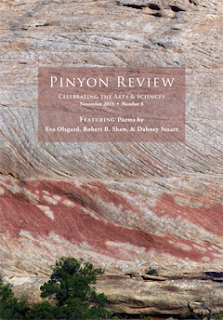I don’t know whether I have any antecedents who watched the
weather, but I do know that my youngest daughter, Elizabeth, inherited my
penchant for turning on weather reports and transmitting them to anyone who
will listen each morning. In the order of morning breakfast: first, there is
the blessing of food; then the weather report. Before the advent of iPhones, I
received weather reports via television, but now, after I look outdoors and
survey the heavens, I push the little app for “weather” to discover
whether I’m under a cloud or the sun is going to brighten my day.
A deceased friend of mine, James Wyche, went a step further in
weather watching by gauging and recording rainfall at Belmont Plantation in New
Iberia, Louisiana for the National Weather Service for years. I don’t know who
took over Jimmy’s responsibilities, but I’ve often thought about measuring the
deluges that overtake my sinking backyard here in Louisiana. And following
these inundations, I’ve also thought about taking a mosquito count of the maringouins that hover around the
flooded patio.
According to Lucia Stanton in “Monticello Weather Report,” Thomas
Jefferson was a sophisticated weather watcher who kept a meteorological journal
at Monticello in Virginia and in Paris,
France during the five years he spent there. His observations went a step
further than Jimmy’s in that he recorded the temperature range, rising each day
at first light, which he considered to be the coldest time of the day, to gauge
the temperature. Then he would take more readings at 3 – 4 o’clock, recording
them in an ivory pocket book and copying them in better form later. In addition to the
weather, he’d record the appearance of birds, frosts, and the leafing and
flowering of trees. He also recorded whether the day was cloudy, fair, rainy,
or snowy.
During the five years Jefferson sojourned in Paris, he kept
a record of cloudy and sunny skies and later compared the record to that of
American skies, which he declared were more cheerful and sunny than those of
Paris. Jefferson attempted to collect data on humidity by experimenting with
different types of hygrometers and was disappointed that they did not provide
accurate observations. Stanton reports that part of Jefferson’s official
instructions to Lewis and Clark in 1803 included a clause advising them to
observe the weather and to record dates at which “particular plants put forth
their flower, or leaf, time of appearance of particular birds, reptiles, or
insects…” Today, Monticello is one of 12,000 weather stations affiliated with
the National Weather Service, a service that hails Jefferson as the “father of
weather observers.” Stanton states that Jefferson regarded “climate [as] one of
the sources of the greatest sensual enjoyment…”
Here’s my weather poem as recorded in Old Ridges, 2009:
“WE’RE WARNED TO STAY INDOORS”
because gray clouds hover over Sewanee, Tennessee,
red dust hangs above Sydney, Australia,
rain is flooding the streets of Atlanta, Georgia,
smoke billows out of cracked chimneys,
and the heavens are polluted everywhere.
The moon has a red penumbra,
dull water courses through
once clear-bodied streams,
deserts, occasionally troubled
by outbursts of wind-driven dust,
are now besieged by atomic sifts,
a strange pollen falls on bare heads.
We’re swimming in a wasteland every day,
and no one cares.
Like hollow-eyed dolls,
we’re desperate to believe
it’s all part of a set:
the gleeful forecaster with small baton,
a harbinger of bad news
moving over the colored map,
natural disasters created by networks,
Armageddon on the weather channel.
But we’re safe inside,
trapped in the evening news,
the climate of last resort.
And no one really wants to go outdoors.


















